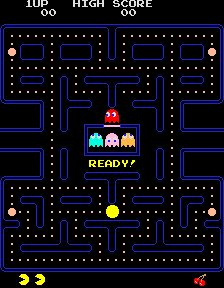
Image: Phone booth transformed into an aquarium by artists Benoit Deseille and Benedetto Bufalino as part of the Lyon Light Festival in France.
Written for "The Unlikely Muse" Houston Sidewalk, 1998
In Alfred Hitchcock's 1963 film "The Birds", Melanie Daniels (Tippi Hendren) finds refuge inside a telephone booth as vengeful birds pummel the glass enclosure with their beaks. This terrifying film moment-- with a telephone booth as a transitory safe haven-- has been imitated often in film and on television, including a recent X-Files episode ("Patient X") when Maria Covarrubias (Laurie Holden) is waylayed in a phone booth by a boy exposed to alien black oil.
From Superman's famous changing room to sexual turn-on, the telephone booth is a curious urban artifact-- a privately owned glass housing that provides silence, protection from the elements, reading material, a good view and a phone. Like a precursor to artist Andrea Zittel's self-contained comfort units, the phone booth is a type of functional cosmopolitan armor, purchased anonymously for five minutes with a few coins dropped in a repository.
Myrmidon Corporation on W. 20th Street in the Heights-- with hundreds of telephone booths stacked in their stockyard-- looks like a call box graveyard-- but this is misleading. These telephone booths (know in the business as "Superman Enclosures") are actually enroute to be sand blaster and painted for resale to the public. Most people in the market for refurbished enclosures are looking to make a few bucks by operating their own payphone business, but others have noticed the less obvious potential in these salvaged aluminum boxes. According to Robert E. Driver, Jr., President of Myrmidon Corp., creative citizens have purchased these enclosures for uses as varied as a private wet bar, a snake aquarium, a homemade smoker and a pool area phone. Driver says while he's heard of people surviving severe storms in telephone booths, marauding birds would be a first.

